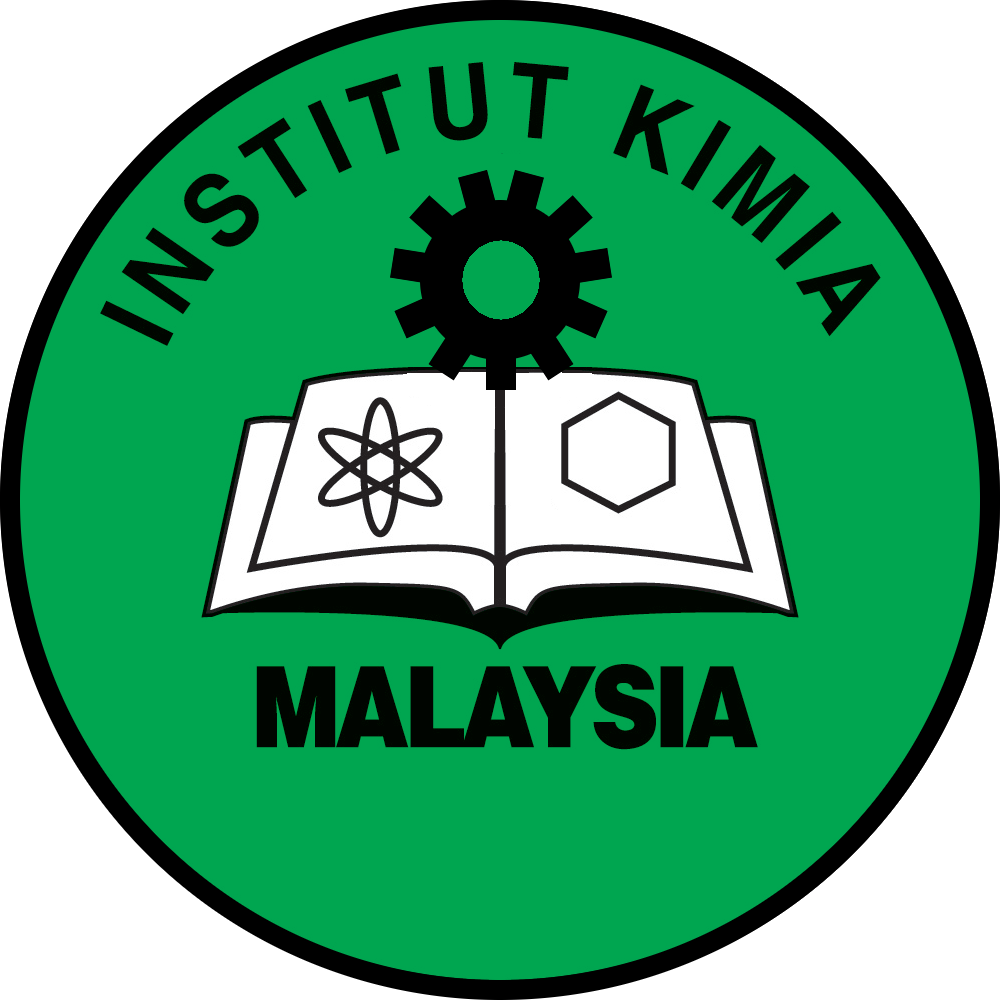Comparison Study of Pt Decorated Bi2WO6/g-C3N4 by Batchwise and One-step Preparation Techniques for the Photodegradation of RR4 Dye
DOI: https://doi.org/10.55373/mjchem.v27i2.10
Keywords: Photocatalysis; Z-scheme heterojunction; dye degradation; platinum; electron mediator
Abstract
A Z-Scheme heterojunction comprising photocatalysts Bi2WO6 and g-C3N4 doped with platinum was successfully synthesized by two distinctive methods, batchwise & one-step, to degrade a model pollutant, RR4 dye. Several instruments including FTIR, XRD, UV-VIS, photoluminescence (PL analysis), FESEM-EDX and photoelectrochemistry were used to characterize the sample obtained. FTIR spectra depicted intense sharp peaks at 810 cm−1 which were assigned to s-triazine units of CN. The C-N stretching vibration mode was also detected in the region of 1200–1750 cm−1. The crystallite sizes of the prepared photocatalysts were determined by XRD diffraction, where the Scherrer equation was applied to calculate the size. In XRD, the diffraction angles of Bi2WO6 were exhibited at 28.6⁰, 33.1, 47.4⁰, 56.2⁰, 59.1⁰, 69.2⁰ and 78.8⁰, and these angles were also seen in a variety of composites. From UV-Vis analysis, pristine Bi2WO6 had an absorption edge of approximately 443 nm, which corresponded to a band gap of approximately 2.6 eV. The absorption edge of pure g-C3N4 was at about 457 nm, corresponding to a band gap of 2.8 eV. Upon fabrication of the Z-scheme heterojunction, no band gap reduction occurred. All modified and unmodified Bi2WO6/g-C3N4 samples showed photocatalytic degradation efficiencies of up to 50 %, and the composites prepared by one-step and batchwise techniques (hereinafter referred to as PBCN (OS) and PBCN (B) respectively) achieved 80 % photodegradation of RR4 dye.
